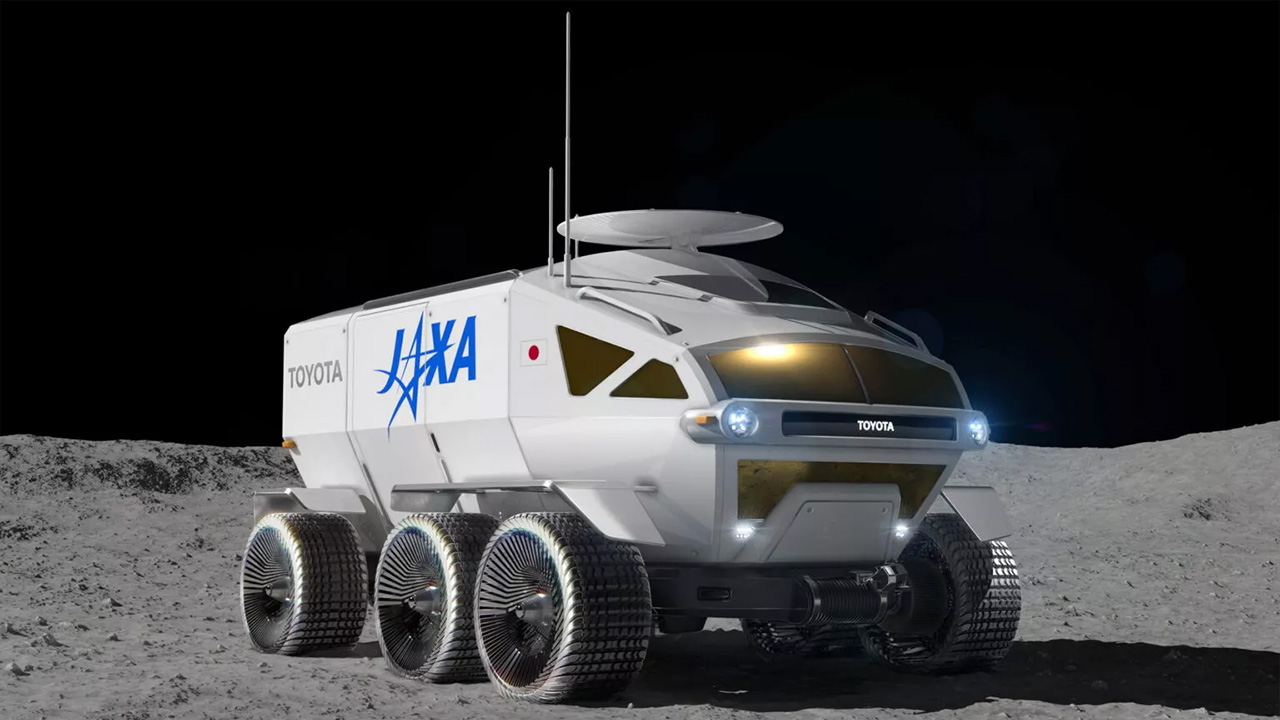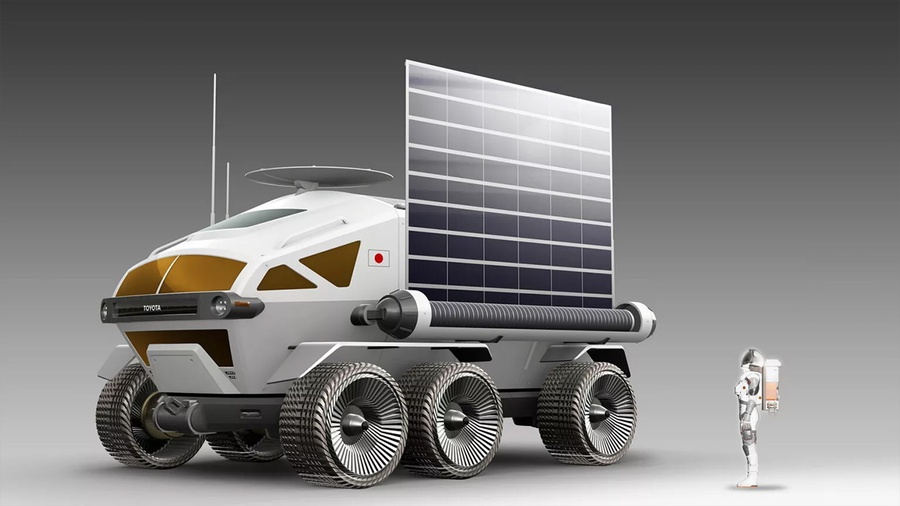Japan, as part of its ambitious space endeavors, is actively participating in NASA's Artemis program, aiming to establish its lunar space station called Gateway in the latter half of this decade. Toyota, in alignment with this vision, has been collaborating with the Japanese space agency since 2019 to develop the Lunar Cruiser. Powered by hydrogen technology, this regenerative hydrogen fuel-cell vehicle is designed to grant the Lunar Cruiser greater autonomy, potentially even enabling indefinite exploration on the moon's surface.
The Lunar Cruiser's technology is ingeniously simple yet groundbreaking. Equipped with solar panels, the vehicle employs electrolysis to convert water into hydrogen during the day. Subsequently, this hydrogen is utilized to power the Lunar Cruiser's electric motors during the lunar night, which spans a lengthy 14 days. By effectively managing its energy consumption, not only can the vehicle endure longer shifts, but it also ensures an extended service life.
Although the process of extracting hydrogen from the moon's existing ice remains a challenge for Toyota, the company remains optimistic. Collaborative efforts with other entities may pave the way for this technology's development in the future.
NASA expects the Japanese space agency to provide its lunar rover by 2029, a crucial contribution to the Artemis program. Toyota anticipates a firm order for its Lunar Cruiser by next fall, confident in the vehicle's capabilities. Once in service, the Lunar Cruiser is projected to support two astronauts for 42 days per year, effectively facilitating lunar exploration for a decade or more.
“Our idea is to continue with the lunar rover longer than those 10 years if there’s a company or arrangement that can supply the water needed for that,” said Ken Yamashita, head of lunar exploration projects at Toyota.
Source: Toyota


